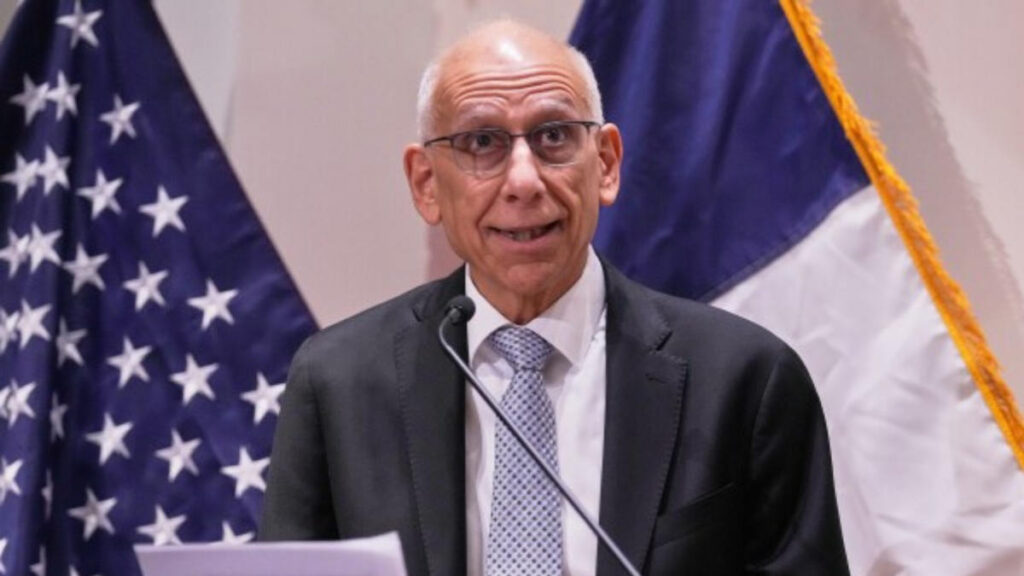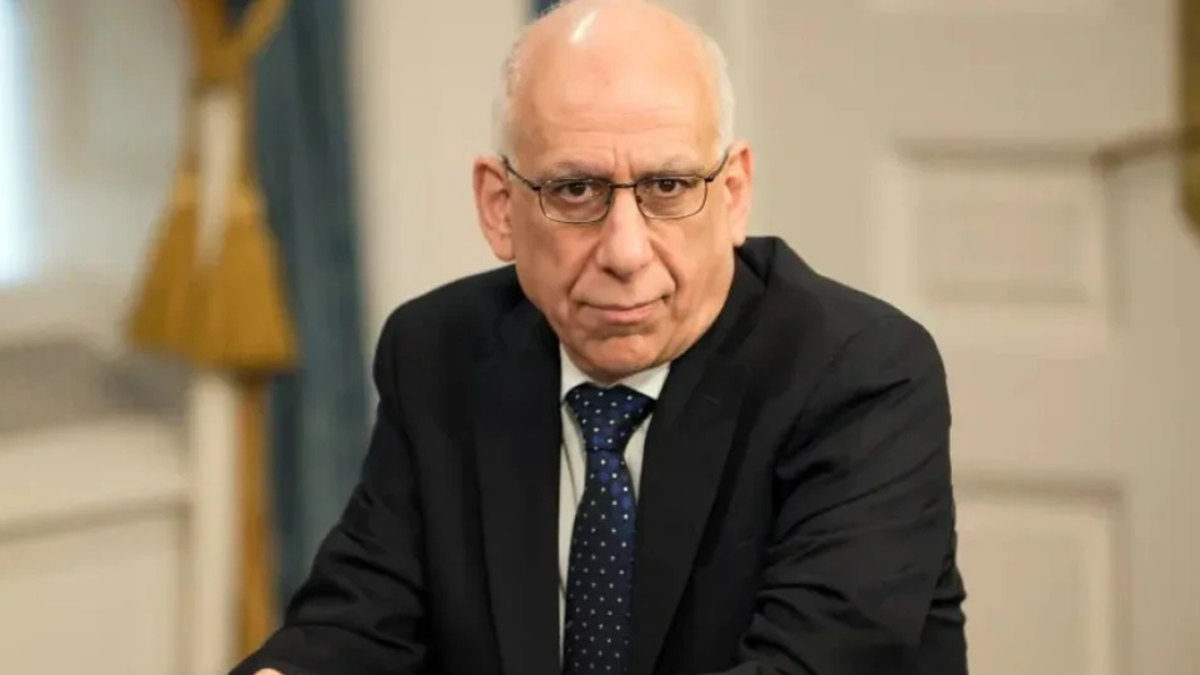Who is Dean Fuleihan? If you’ve been following New York City’s political pulse this week, you’ve probably seen that name everywhere — usually next to the words “first deputy mayor.”
But behind the polished title is a story that feels more like a comeback tour than a bureaucratic appointment — a veteran public servant stepping back into the spotlight just when the city’s story needs another rewrite.
The man who never really left City Hall
Dean Fuleihan’s name has quietly echoed through City Hall corridors for decades. He’s the kind of public figure most New Yorkers don’t recognize on the subway — but their schools, paychecks, and city budgets absolutely do.
A lifelong New Yorker, Fuleihan started his career crunching numbers in Albany, mastering the language of budgets long before spreadsheets ruled the world. His calm, deliberate style earned him a reputation as a “budget whisperer,” someone who could make city finances not just balance, but breathe.
By the time Bill de Blasio tapped him as budget director in 2014 — and later, as first deputy mayor — Fuleihan had become the city’s go-to problem solver. His fingerprints were all over New York’s biggest policies of that era, from universal pre-K to fiscal reforms that kept the city stable through political storms.
Sometimes, the quietest figures end up shaping the loudest chapters.
Why is his name back in the headlines
On November 10, 2025, newly elected mayor Zohran Mamdani made his first major move — announcing Fuleihan’s return as first deputy mayor. It was one of those appointments that made both insiders nod and progressives raise an eyebrow.
As Bloomberg described it, Mamdani’s decision “signals a bridge between ambition and experience.” Translation: he’s pairing his activist-driven vision with someone who knows exactly how to make the machine run.
For Fuleihan, now 74, this isn’t just another job — it’s a return to the frontlines of a city he’s spent his entire career keeping afloat. The appointment, said City & State New York, “brings institutional muscle to a movement-driven mayoralty.”
There’s a kind of poetry to it — the young reformer and the veteran technocrat, shaking hands across generations.
Because for all of New York’s noise, progress here often depends on balance: one foot in the streets, the other in the spreadsheets.
From budget rooms to big decisions
Ask anyone who’s worked with Fuleihan, and they’ll tell you he’s allergic to chaos. During his time at the Office of Management and Budget, he was known for his steady hand — and for finding money in places no one else bothered to look.
He helped the city build reserves, expand social programs, and survive fiscal shocks that would’ve wrecked weaker administrations. In the de Blasio years, his calm presence often translated political idealism into something that actually worked.
Now, he’s stepping back into a city that feels different — post-pandemic, politically restless, and reimagining what “fairness” means in every neighborhood. And yet, the work hasn’t changed much: balancing the heart and the numbers.
Even the most passionate promises need someone who knows how to make the math add up.

The quiet power of a behind-the-scenes legend
Unlike other big-name appointees who make headlines for their flair, Fuleihan’s influence has always been quiet — the kind you only notice when it’s missing.
“He’s the adult in the room,” one longtime City Hall staffer told Politico, describing him as “a steadying force when the room starts spinning.”
His résumé is pure civic poetry: decades in the State Assembly, a stint shaping higher-education funding, and years managing some of the largest budgets in municipal history.
He’s also known for his deep ties to Albany — a detail that matters more than most people realize. The city’s biggest ambitions often live or die based on cooperation with the state, and Fuleihan’s Rolodex is practically a survival kit.
In politics, sometimes knowing who to call is half the battle.
What his return means for New York
Mamdani’s campaign ran on progressive ideals — free public transit, expanded childcare, and a city that “works for everyone.” All of which sounds great… until someone has to find the funding.
That’s where Fuleihan comes in. His ability to turn political poetry into fiscal prose is exactly why the move makes sense. He’s not the flashiest figure — he’s the one who makes sure the flash actually gets paid for.
As Crain’s New York noted, the pairing of Mamdani and Fuleihan could define the next era of City Hall — an administration that wants to dream big but can’t afford to fall short.
It’s the kind of pragmatic idealism New York has always thrived on: a city that never stops dreaming but still checks the receipts.
And maybe, that’s the point. After years of turbulence, New Yorkers might finally get a government that feels both ambitious and grown-up.
The man behind the numbers
For someone who’s shaped billions in city policy, Fuleihan’s personal style is strikingly un-political. He’s not a grandstander or a quote-machine — he’s more likely to be spotted in a conference room at 8 a.m. with a black coffee and a budget binder.
Former colleagues call him methodical, even gentle — a rare quality in city politics. That steadiness is part of why Mamdani’s pick landed so well with insiders: it’s not about ideology, it’s about infrastructure.
Because at the end of the day, running New York City isn’t that different from running a family of 8 million — and someone has to keep the lights on.
Sometimes, being the grown-up in the room isn’t glamorous — it’s just necessary.
In a city where headlines often celebrate the loudest voices, Dean Fuleihan’s quiet return might be the story that matters most. He’s not chasing the camera — he’s holding the compass.
And maybe that’s exactly what New York needs right now: a steady hand guiding the noise back toward something that sounds like harmony.
Nishant Wagh is the founder of The Graval and a seasoned digital journalist with over 15 years of experience covering entertainment, media, and culture. He specializes in breaking news and trending stories told with accuracy, context, and depth.




